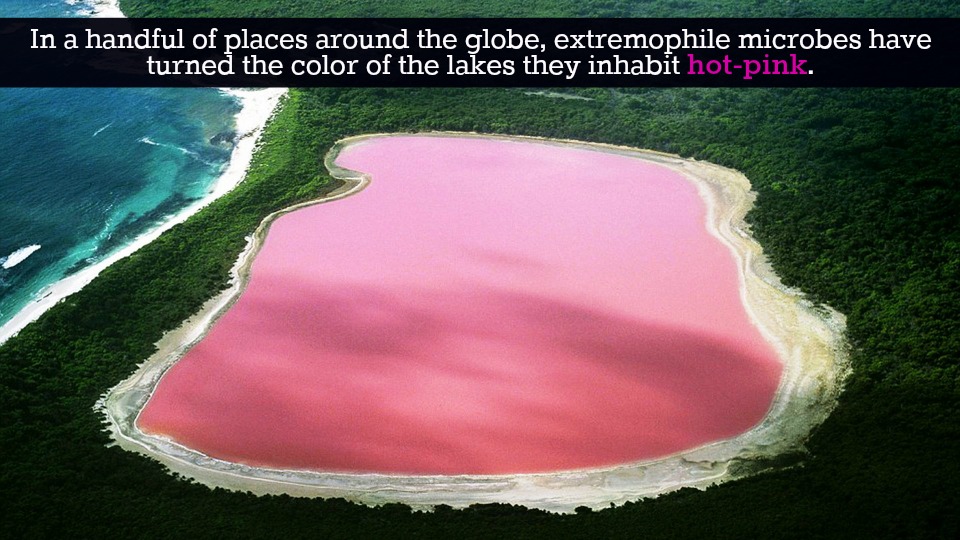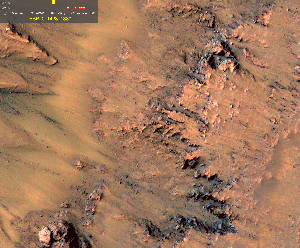

In terms of microbes, there’re none more remarkable than the extremophiles. These organisms may be the best contestants for finding life on Mars, and they are responsible for the most alluring pink lakes found here on Earth. Whether they inhabit environments with life-threatening temperatures or exist in acidic, salty waters, various kinds of these resourceful critters have existed for eons on our planet (and maybe on other worlds).
There are many types of extremophiles on Earth. Take, for example, halophiles. These are the salt lovers of extreme microbes. They thrive in locations that are nearly completely saturated with salt; in fact, they can live anywhere that the concentration is 5x more than that of the ocean. Halophiles are a type of archaea. The branch of life known as Archaea includes only those varieties of microbes that can exist in the most volatile environments.
Halophiles also go by the name Halobacterium; yet, genetically speaking, they are separate from bacteria. This can be slightly confusing, given their name; however, like bacteria, halophiles are single-celled and among the oldest living organisms on Earth. In fact, the word “archaea” is Greek, meaning “ancient.”
BUBBLE GUM LAKES:

Lake Hillier is one of the most uniquely colored lakes on Earth. It is located on Middle Island in Western Australia. Its bright pink hue isn’t due to clever photographic angling; in fact, if you were to remove a sample of the liquid from the lake, it would remain the same color. The water is believed to be blushing because it is chock full of Halobacterium. The Pepto-Bismol color is caused by the carotenoids producing pigments within the cellular membrane.
Scientists believe that the coloring produced by these microbes is beneficial for multiple reasons. Not only does it help protect against the Sun’s ultraviolet radiation, it may also be useful in converting light into chemical energy, similar to the light-harvesting reactions of chlorophyll in green plants.
It is thought to be completely safe to swim in. Unfortunately, Lake Hillier is extremely remote and usually only seen by tourists as they fly past it. But if you still can’t get the dream of swimming in bubblegum lakes out of your head, you may have better luck at one of these other pink lakes.
ASTROBIOLOGY:

In 2011, NASA released images of what may be the best evidence of salt water flowing on Mars. For this reason, the longevity of halophilic strains is of considerable interest to astronomers seeking to find life in outer-space. Since microorganisms were the first creatures to exist on Earth, they seem a good place to start in the search for life outside the boundaries of our planet.
Even if these mysterious streaks on Mars turn out not to be caused by liquid salt flows, the possibility still exists that halophiles may be found on the red planet. Chemical analysis of Mars’ SNC meteorites (shergottite, nakhlite, and chassigny) indicates the presence of halite rock salt. Halophiles could potentially be found somewhere on Mars where salt formations occur.
In 2009, Jong Soo Park of Dalhousie University examined ancient rock salt from varying locations and found that the oldest known DNA on Earth belongs to a form of halophilic bacterium that existed 419 million years ago. We know that these organisms can withstand extreme conditions, and they can do so for unimaginable lengths of time; but will they prove to be fruitful in finding life on other planets? Only further observations and analysis will tell.